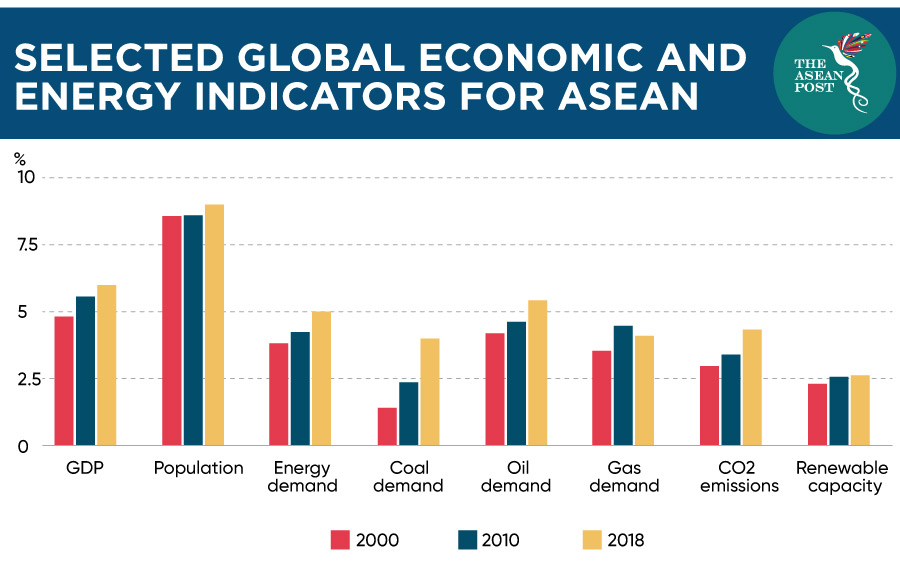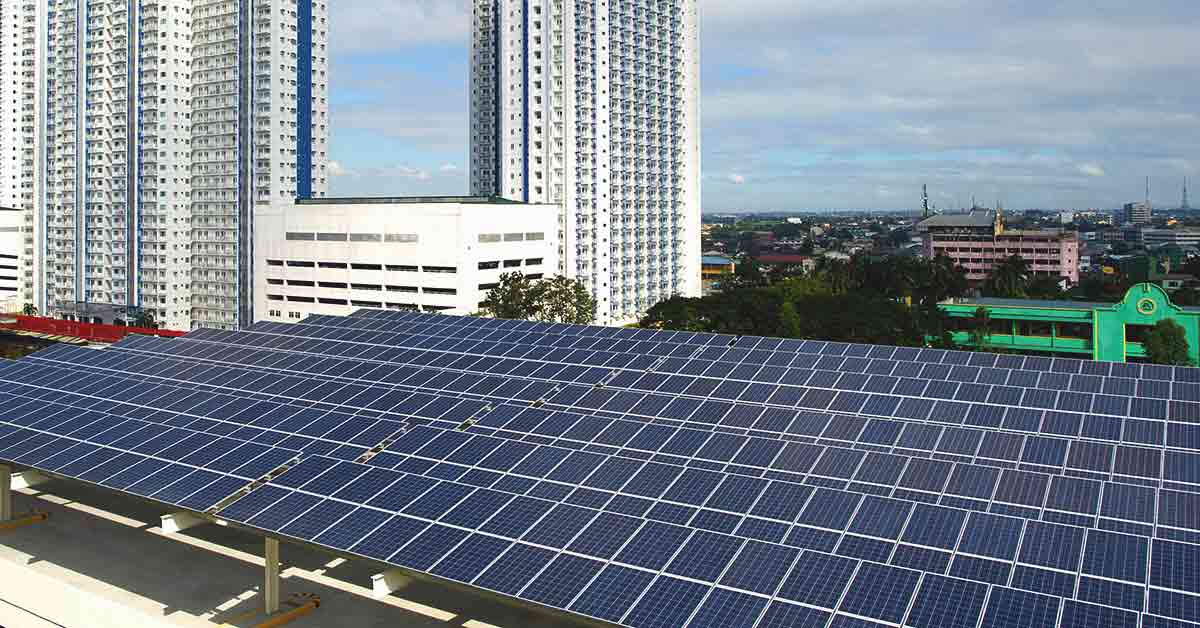Southeast Asia is well on the way to achieving universal access to electricity by 2030. Millions of new consumers have gained access to electricity since 2000, yet some 45 million people in the region are still without it today and many more continue to rely on solid biomass as a cooking fuel.
Demand for electricity in ASEAN has an average growth rate of six percent annually. It is among the fastest in the world, while renewable energy only meets 15 percent of its demand.
The energy market in Southeast Asia is growing rapidly. Overall demand has increased by 80 percent since 2000 according to the International Energy Association (IEA). This puts pressure on energy systems, and with much of the demand met by a doubling of fossil fuel use, CO2 emissions have also risen.
Based on today’s policy settings, Southeast Asia’s overall energy demand is set to grow by 60% between now and 2040.
The way forward for ASEAN
Higher temperatures have led to an increase use in air-conditioning, and the peak demand for cooling systems have placed significant strain on power systems in the region.
Under the Stated Policies Scenario (STEPS) of ASEAN countries, the energy required for cooling would leap to nearly 30 percent of peak electricity demand by 2040; representing 200 GW of capacity.
The overall number of air-conditioner units in 2040 could rise from 40 million units in 2017 to 300 million units in 2040, half of which will be in Indonesia, the IEA estimates.
The best available technology in ASEAN countries is twice as efficient as the market average, indicating a large untapped potential to promote efficient cooling in the region. More efficient air conditioners that are in line with the minimum energy performance standard (MEPS) are not only readily available, but also not always more expensive than the average.
"Southeast Asia is set to have a major impact over the next two decades, adding the equivalent of Japan’s entire energy system to global demand. This rapid growth underscores the importance of Southeast Asian countries’ energy policies for their citizens, but also for the world," said IEA Executive Director, Fatih Birol.

Under ASEAN's current policy, renewable energy is forecasted to account for around 20 percent of electricity generation in ASEAN.
Plans for cross-border interconnection in the region will certainly help add a greater share of renewable energy to its power system. For example, countries in the European Union have partnered investments and resources to renewable energy and that effort have shown tremendous result; in 2019, power from coal plants fell by three percent.
To maintain sustainability in ASEAN's energy sector, the IEA recommends that the region should set a target to triple the share of renewables in the energy mix to 70 percent by 2040.
Other measures such as phasing out fossil fuel subsidies and implementing new technologies such as carbon capture, utilisation and storage could be used to improve energy efficiency, especially in fast-growing areas such as cooling systems and road transport.
That coupled with the expansion of MEP products could ease the strain on power systems in the region. However, without stronger cooperative commitment from ASEAN members, each nation could miss out the opportunity to collectively meet its increasing demand for electricity sustainably. Instead work individually and opt for the easier solution, which is to simply increase its dependence on fossil fuels and subsequently raise Southeast Asia’s carbon emissions comparable to that of Japan in less than 20 years.
Related articles:
